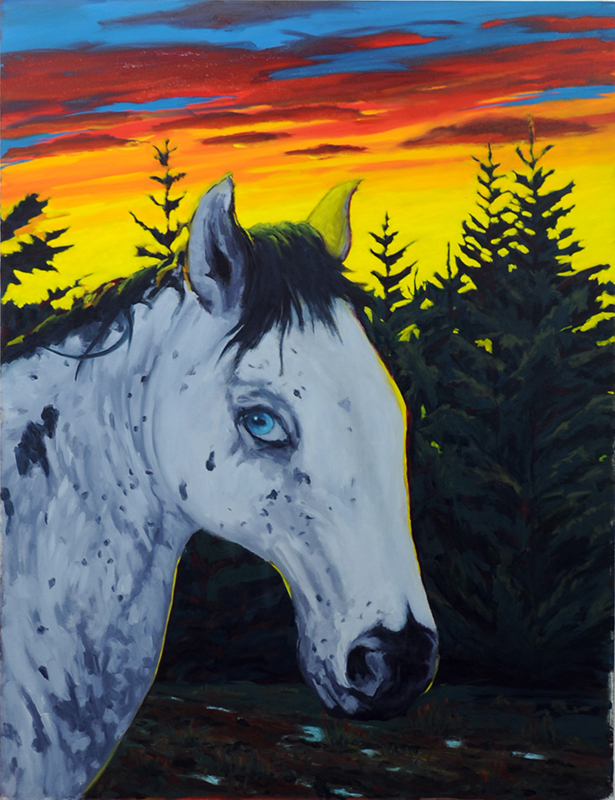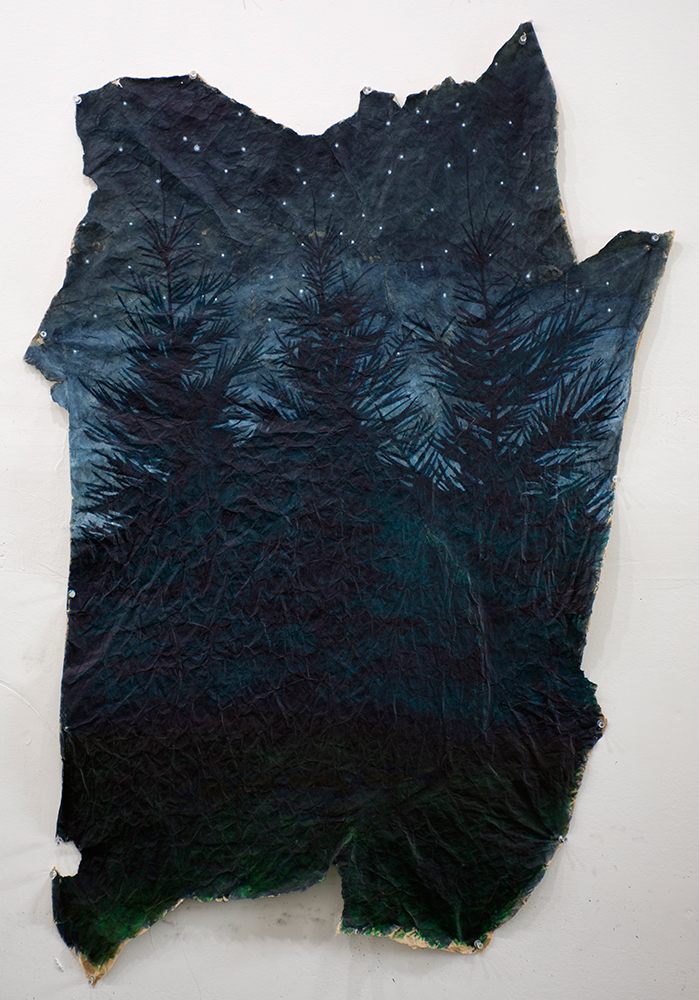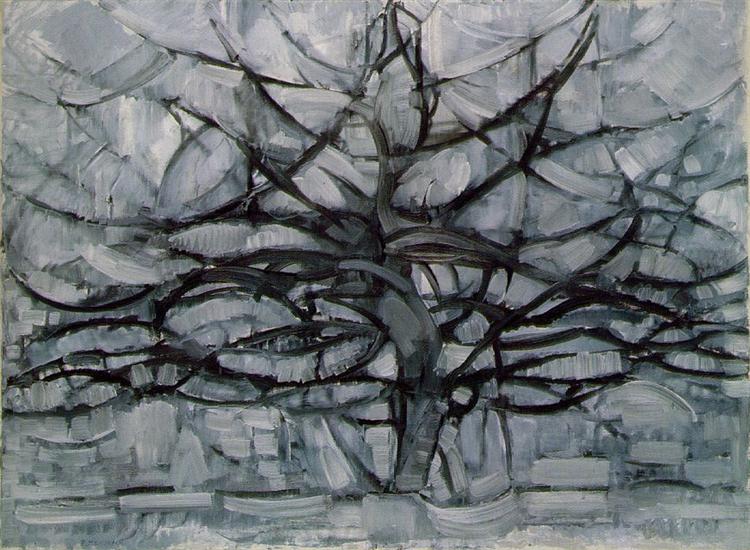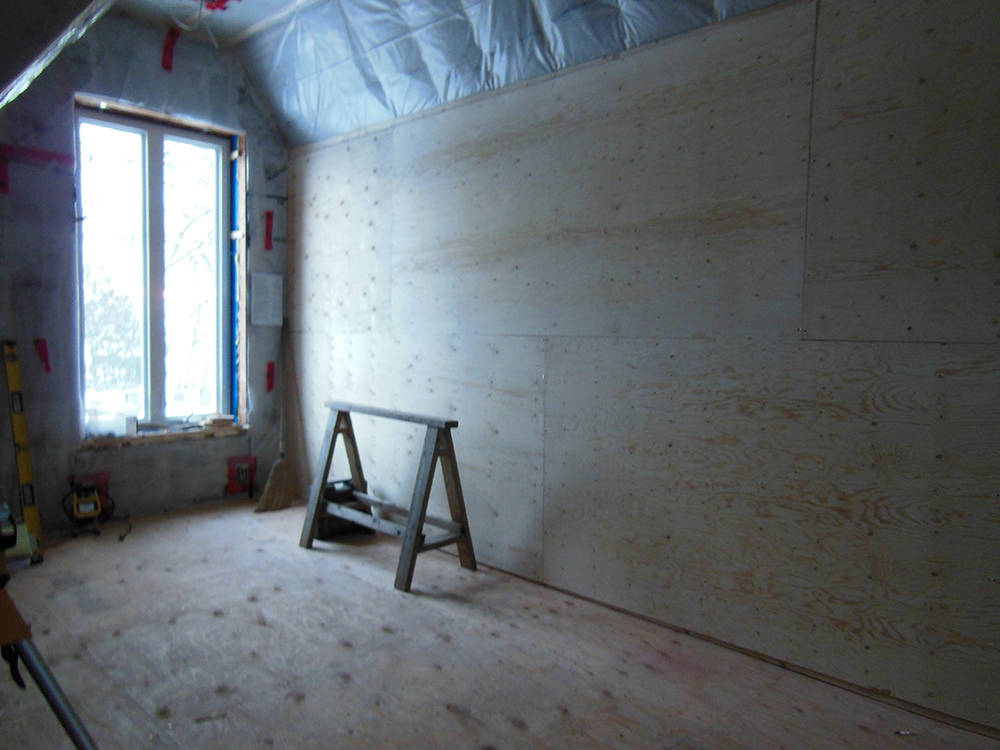**The question of “liking it” was first posed to me by Enrique Martinez Celaya in a workshop at Anderson Ranch Arts Center (c.2016). See also his short journal post http://martinezcelaya.com/journal.html#2012 of October 28, 2012, “Like”, for a thought experiment that quickly reveals the problem of the “Like” button.
What does it mean to “like” something in your work, or to be “interested” in something in your work? These are terms that I hear quite often in critiques and studio conversations, and I think I know what is meant by them, yet on further reflection I begin to wonder what is actually being said. Discussion of work often seems vague and much of the language used tends to function as shorthand for received cultural or historical ideas. Is being “interested” in some topic or phenomenon, or “liking” some aspect of its appearance enough to bring work to life?
Most of the time, these words are simply bad habits that we pick up and use because they are readily available. Our daily conversations rely on similar kinds of common phrases and in many ways there is no reason not to use ordinary language when discussing one’s work. However, if we prod at this a little bit, the use of these terms may also reveal certain kinds of assumptions about what art is, and how it operates, that bear closer examination.
The “like” button is a ubiquitous feature of social media and its role as affirmation of shared tastes, positions, attractions, and opinions, is one of the bases of online communities. This “engagement” is also a prime source of data mining by companies in an effort to “target” advertising that is customized enough to be effective. Both of these facets of the “like” button point to similar aspects of “liking” work. Namely, it invokes pleasure and consensus as the privileged gauges for the work’s success. Further, it suggests that viewing art is a kind of consumption, indistinguishable from other things that one likes, such as chocolate milkshakes, detective novels, or luxury cars.
“Interest”, on the other hand, seems to signal engagement with the intellectual concerns of an artist’s work or to point to its relationship with social and cultural currents. The term partly connotes enthusiasm for a subject while simultaneously framing that enthusiasm as a kind of analysis. The connection, or lack thereof, between “art” and “life” is what is at stake here. Interest, in this sense, might be thought of as a way to integrate the allegedly sequestered realm of art with the messy urgency of political struggle and social context.
But, how often are these terms used as a justification for work that is half-baked? As an attempt to laminate a veneer of social significance to objects that are mostly invested in flattering the maker’s own sense of self-importance? How often is it used to erect a protective cordon around some minor intellectual territory or conceptual brand? How often is pseudo-scientific objectivity pulled like a shroud over the emotional void at the centre of one’s work?
These are questions that I have been grappling with in my practice. At some point a couple of years ago I realized the extent to which these attitudes were crutches for me to prop up work that hid more fundamental problems. By positing an interest in a subject, I can distance myself from being implicated or copping to the less intellectually appealing motives for making it. By asserting that I like some aspect of the work, I can dispense with the need to assess its relevance.
The result of this questioning, so far, has has been a shift in how I think about my work and the processes I use to make it. For example, I have changed the way I approach painting, in an attempt to be less attached to a particular image or method of working. I have been trying to allow myself to make more assertive compositional choices, with freer handling of the paint and the drawing, and, maybe, (hopefully) less encumbered by ideas and needing to appear smart.

Beacon, oil on canvas, 70 x 60.25″, 2018
Images have appeared in the work that are difficult to account for in terms of interest or liking. Is it possible to say that I’m interested in butterflies? Probably not, although I recognize that people are “interested”, in the sense that these are insects that occupy an important ecological niche, are endangered species, and so on. I also acknowledge that the cliché symbolism of metamorphosis and tacky Facebook memes are never far away from the image. If environmentalism, naiveté, irony, or kitsch doesn’t explain its presence, why is the butterfly in the painting?
It is partly what it signifies: an ephemeral or fragile beauty, a natural creature, but an “other”, relatively commonplace, but delightful to encounter, caught up with its own existence and struggle. It is also an image that derives from a child’s sculpture, and so is connected to a sense of presence, an implicit critique of my own disconnection. The butterfly glows with vitality, illuminating the weeds and other signs of disrepair in the yard. This little event takes place against the impassive backdrop of dark houses, trees, and a predawn sky.
There is nothing interesting here, but it does evoke certain conditions: my own feeling of barrenness, of being lost, envious of my son’s creativity, but also the sense that he is a beacon of some kind that calls me to do better, the consolation of familial love and the natural world, the hope for the possibility of regeneration.
To the extent that this painting might function at all, it has nothing to do with “liking” any part of it, or the things that it pictures. It’s not really based in an interest in butterflies or trees or stars, but about what these things, in this configuration, painted in this way, might suggest.
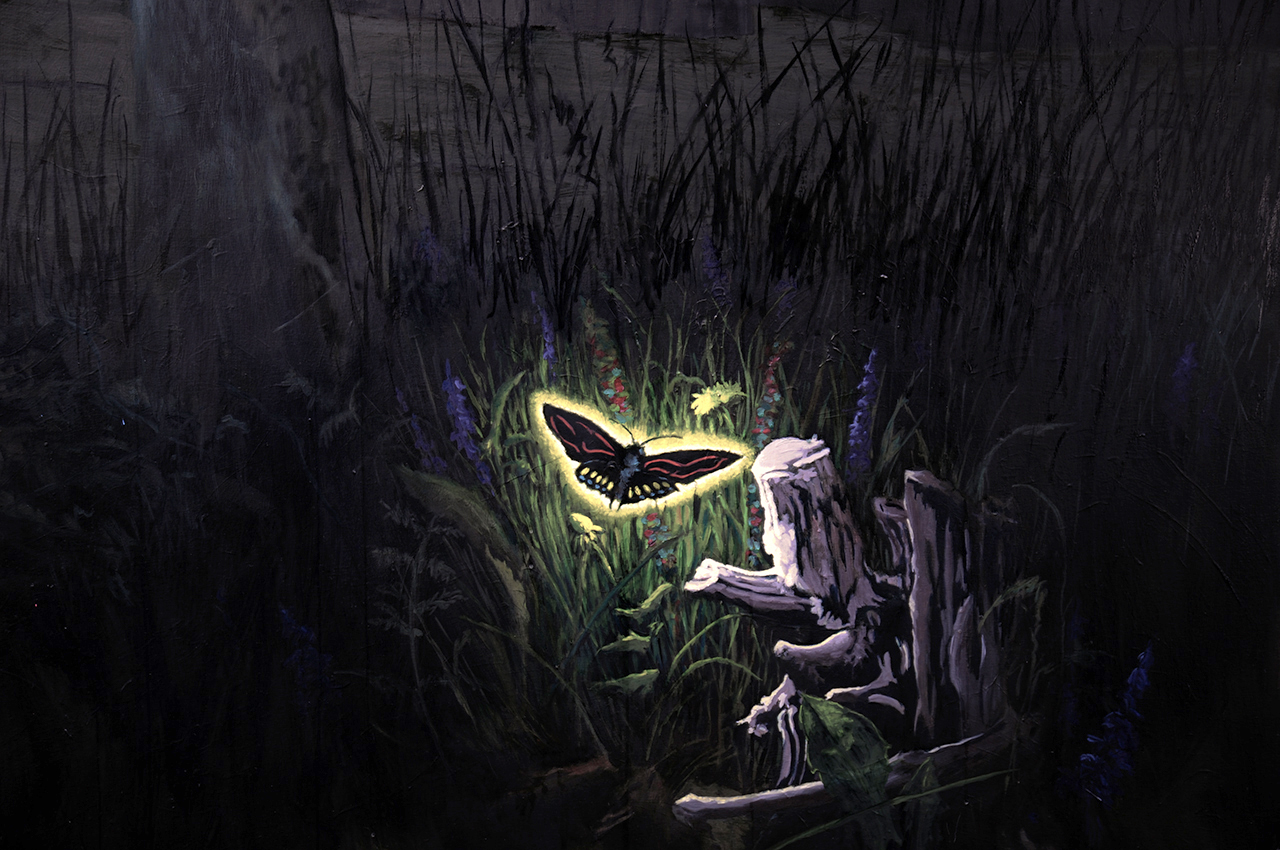
Beacon, detail







